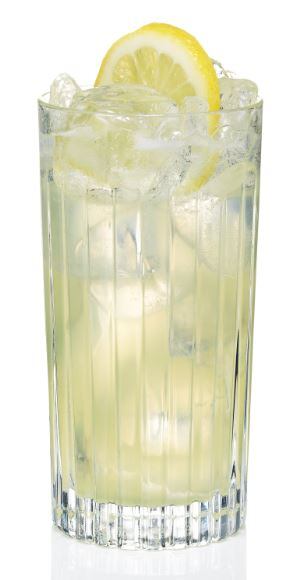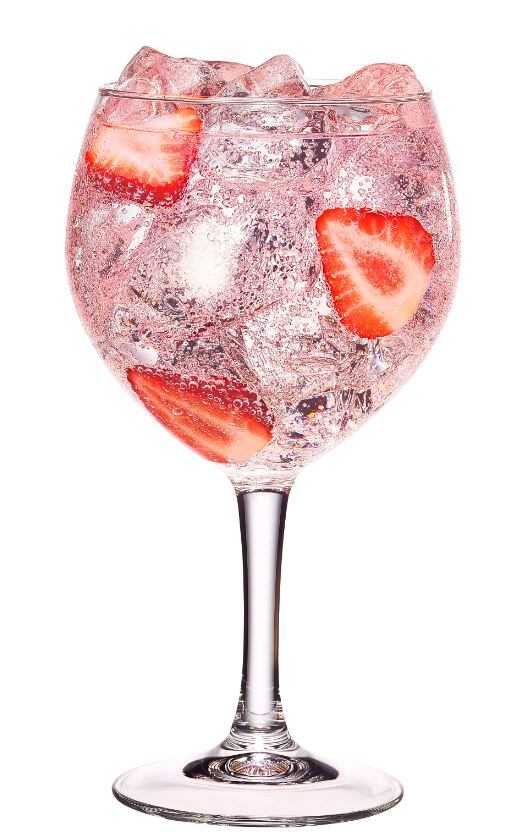It has been hard to get away from gin talk these past few years, but there’s good reason the conversation around it has remained consistently loud. To put it simply, the category is booming.
Although gin has become something of a British staple, its origins date back to 17th-century Holland when it was used for medicinal purposes. Brits came into prolonged contact with the juniper-based tipple when fighting alongside the Dutch during the Thirty Years’ War from 1618 to 1648. Soldiers would have taken a swig of gin before going into battle, which is where the phrase “Dutch courage” is believed to have come from.
Gin in the headlines:
- A driver of category growth
- The nation's favourite spirit
- Distilleries on the up
- British gin outsells British beef
- Record-breaking gin sales
But the gin of the period is far-removed from what we’re familiar with today. Genever (or jenever) as it was originally called, was heavier on the herbs than modern variations and mainly included botanicals such as anise, caraway and coriander, which were believed to have medicinal qualities – hence the spirit’s use in treating ailments.
This wasn’t the only time the UK has had an infatuation with gin. In the early 18th century, the unlicensed production of gin was allowed by the UK Government and, as a result of extortionate duties on imported spirits, the Gin Craze began.
Many will be familiar with William Hogarth’s Gin Lane etching, depicting a society ruined by excessive gin consumption. The image is a portrayal of the lower echelons of London society at the time.
A dramatic uptick in the number of legal home distilleries made gin incredibly cheap to produce and buy. Such consumption led to the Gin Act of 1736, which imposed high taxes on retailers, but was abolished in 1742 following riots on the street.
However, the Gin Act of 1751, which forced distillers to sell only to licensed outlets, clamped down on excessive gin drinking.
Double-digit growth
In modern day Britain, gin has experienced double-digit volume growth in the past three years – up 19% in volume terms and 23% in value in the past 12 months alone.
Tom Collins
Ingredients:

- 50ml Gordon’s
- Soda water
- 25ml Lemon juice
- 12.5ml Sugar syrup
Method:
- Add Gordon’s, lemon juice and sugar syrup to a cocktail shaker filled with ice
- Shake to mix
- Strain into a chilled Highball glass full of ice
- Top with soda water
- Lightly stir
- Garnish and serve
(Units of alcohol: 1.9)
Premium and super-premium account for almost half (44.3%) of volume sales and almost two thirds of the category’s volume growth, according to CGA OPM MAT data for the 12 months to 30 December 2017.
That’s not to say mainstream gin has been forgotten. In the past two years, the segment’s volume growth has contributed to more than a third of the overall category’s growth. The single biggest grower for the past 12 months is Gordon’s, which is also the biggest selling gin in the UK – developing by 9% year on year.
Other key brands include Tanqueray (up 26%), Bombay Sapphire (up 13%) and Hendrick’s (up 20%) CGA OPM data to 30 December 2017 shows.
Though the category has hit mammoth sales, it is not expected to slow any time soon and according to IWSR data, gin is expected to see 5m 9-litre cases sold in 2021.
Super-premium gin is also expected to grow to the same proportions as mainstream gin by 2020. Gin’s phenomenal growth is believed to have come through its ability to tap into key consumer trends, such as the desire to discover new products as well as to drink something that feels personal to them.
Rob Poulter, Diageo on-trade consultant, says: “The vast range of flavours, botanical combinations, mixers and garnishes available, allows bartenders to be experimental and provide an abundance of options to encourage as many consumers as possible to explore.
“Gin has also benefited from a shift in trends around socialising. Nightlife is evolving and more people are socialising at earlier times of the day. They want to spend quality time together, with or without food, and so the rise of a refreshing aperitivo moment has helped the explosion of the G&T – a drink perfectly suited to the occasion.”
The rise of premium tonic waters has also significantly contributed to the gin explosion, allowing the category to premiumise in line with the mixers on offer.
Almost a third (31%) of gin consumers can be described as explorers – those who actively seek out new brands and flavours. This crowd is second only to ‘experts’ in their willingness to spend more money on a premium gins (Source: Ipsos & Diageo research, December 2017).
Similar-tasting gins
However, even among this group, there is a gap between their interests in trying new flavours and their level of knowledge of flavours and botanicals. Grouping similar tasting gins together on the menu with simple taste descriptors and upsell recommendations will help these consumers navigate the category and with this drive conversion to more premium products.
Pink Spritz
Ingredients:

- 50ml Gordon’s Pink
- 75cl Lemonade
- 1 Splash Prosecco
Method:
- Add Gordon’s Pink to a Wine/Copa glass full of ice
- Add lemonade and Prosecco
- Garnish and serve
(Units of alcohol: 2.2)
About 6m customers drink gin out-of-home, according to CGA Brandtrack for July 2017. Though the category is in growth, it still falls behind vodka which has 8m customers outside the home.
This means there’s a big opportunity for gin to grow further. More of this growth could come from an increased offer around sweeter and flavoured gins, such as pink and gin liqueurs, which offer consumers a less challenging and more accessible entry point into the market.
Around 12,000 outlets in the UK now stock these styles of gins, an increase of 10,000 in the past year, according to CGA OPM data to 30 December 2017. Many distillers, such as Beefeater, the Lakes Distillery and Diageo, have launched products into this segment.
In the off-trade, value sales of Gordon’s Premium Pink Gin have contributed 57.2% to the increase in value of the gin category as a whole, proving that this type of product can draw more people in to gin.
“Along with sweeter gins, cocktails also provide a good entry point into the category, with many bartenders cleverly working with the botanicals on offer in their creations,” says Poulter.
Gin now features in 20% of on-trade cocktails, with share growth second only to Prosecco, according to CGA’s 2017 Mixed Drinks Report. “Clever operators will tap into the rise of gin and Prosecco together by mixing cocktails with the two liquids, such as a Gin Spritz with Prosecco and tonic or soda water,”
adds Poulter.
But for those wanting to draw on easy wins, the Tom Collins is a simple cocktail that can be easily adapted with the addition of muddled fresh fruit/fruit purée or by substituting the sugar syrup for a flavoured syrup, cordial or a liqueur. For example, you can make an Elderflower Collins using elderflower cordial in place of sugar syrup.
This feature was brought to you by The Morning Advertiser in association with Diageo as part of a project looking at the spirits segment and its importance to the on-trade. Keep a look out for more for more Bar Essentials features online and in print soon.
